A worksheet to use in the classroom when identifying homonyms.
Use this teaching resource when building vocabulary in the classroom.
Students find a homonym, a word that has a double meaning, then use the worksheet to record:
- the word
- two meanings for the word
- the part of speech for each meaning
- a sentence for each meaning
- an illustration for each meaning.
Print and laminate the worksheet for students to use repeatedly with a removable marker. Alternatively, provide each student with their own copy to paste into their workbooks.
A great spelling activity or independent task to use as part of your literacy rotations.
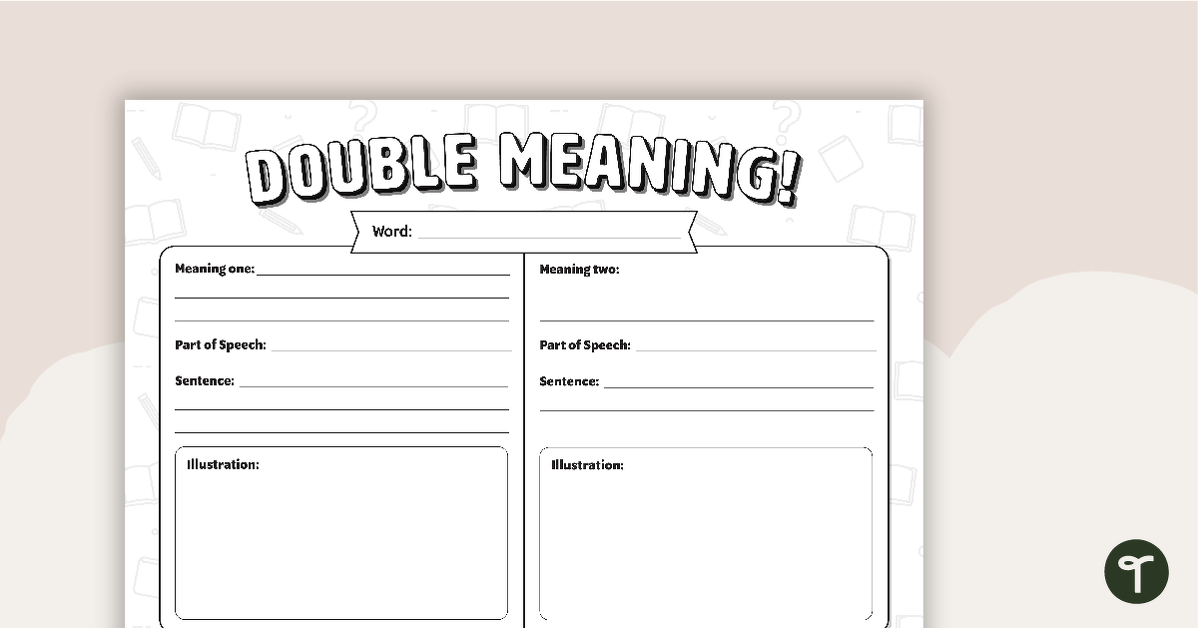

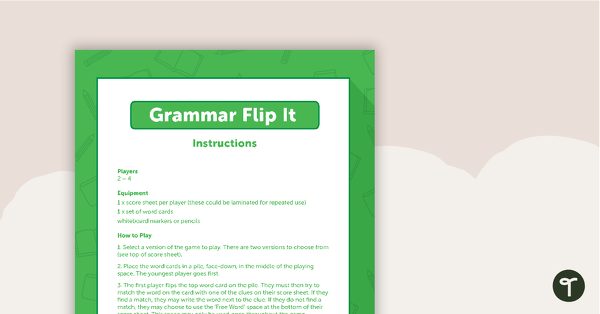
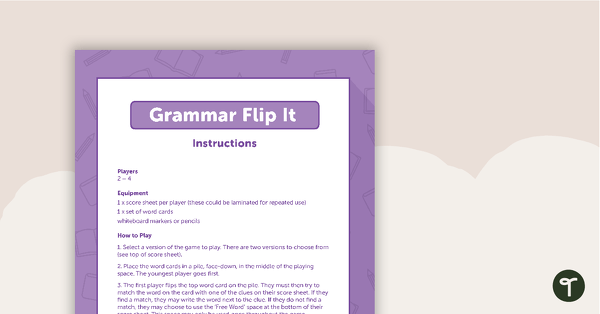

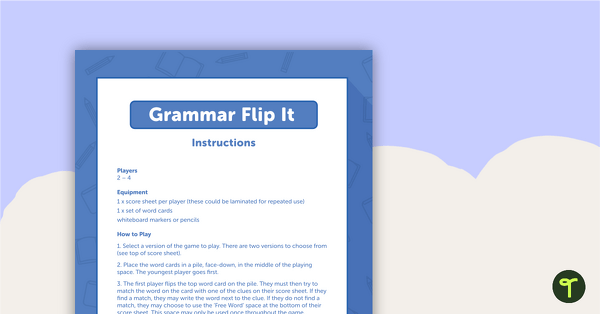



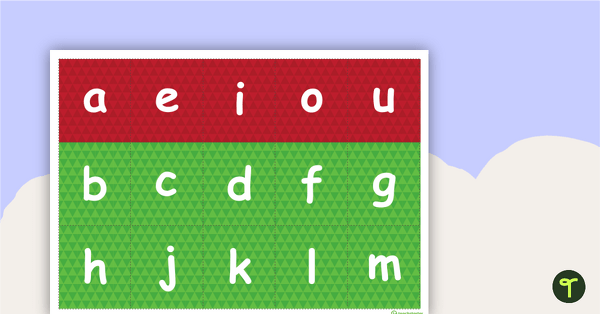
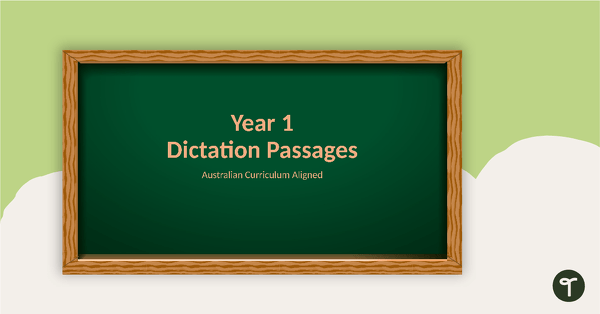
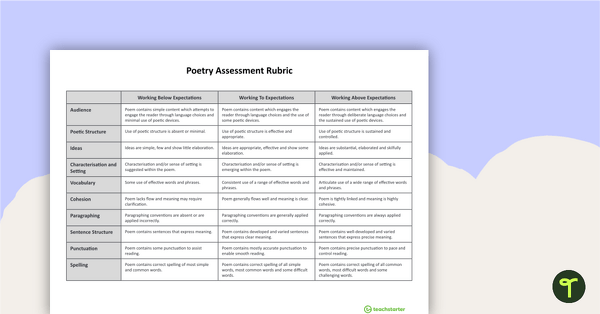
0 Comments
Write a review to help other teachers and parents like yourself. If you'd like to request a change to this resource, or report an error, select the corresponding tab above.